A post insulator refers to a device used to ensure the safe and efficient transmission of electricity. Its main purpose is to act as a support structure and electrical insulator. It prevents the electrical current from flowing through the undesired paths. Its structure consists of the core, sheds and end fittings, each with its purpose. The core provides mechanical support and electrical insulation. The shed increases the surface distance between the energized conductor and grounded tower. End fittings help to attach the insulator to the transmission line hardware. Post insulators are from durable materials such as porcelain, glass or composite materials. Its design allows electrical performance, mechanical strength and environmental resistance. Its purpose is to reduce the likelihood of electrical flashover. This can occur due to factors such as pollution, moisture and excess voltage.
Factors influencing material selection for post insulator
Post insulators are from various materials that include porcelain, glass or composite materials. Selection of a particular material depends on factors like performance, reliability and durability. The type of application and its needs also influence the materials selection. The selection should also balance electrical, mechanical, environmental, economic and standards. The following are the factors that influence the material selection for post insulators.
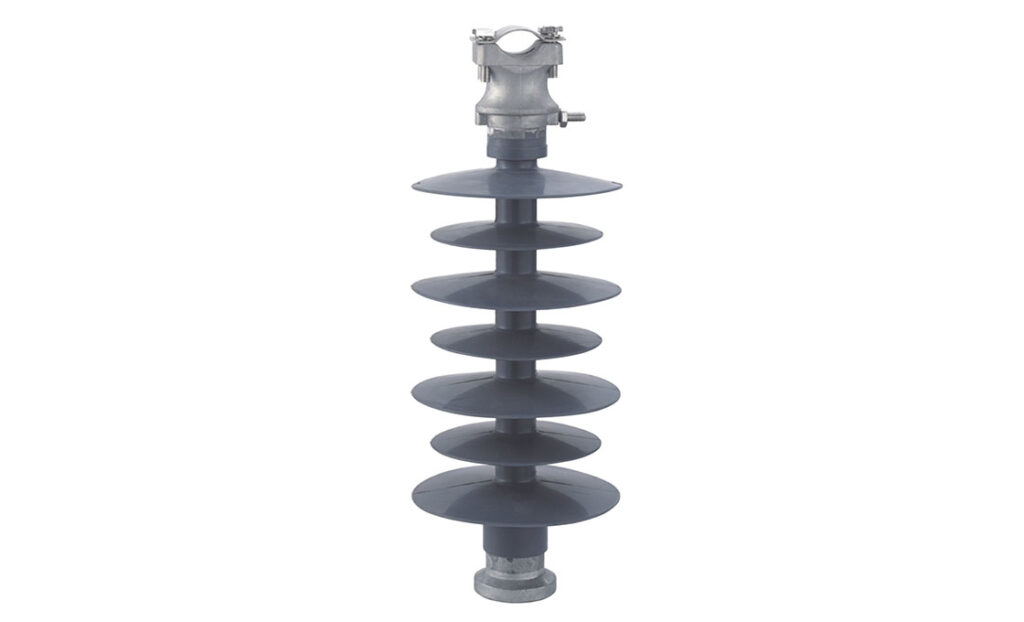
- Manufacturability – consider the ease of manufacturing and processing into insulator shapes and designs. Some of the materials need specialized processes while others offer flexibility in production.
- Weight – the weight of the insulator affects the load on the support structure and cost of installation. Lightweight materials reduce the structural requirements and installation complexity.
- Mechanical strength – the material should have enough mechanical strength to withstand various factors. This is including wind, ice loads and weight of the conductor that can lead to deformation or failure.
- Cost – high quality materials like porcelain and toughened glass may have higher initial costs as compared to others. They provide reliability and durability which reduces the cost of maintenance and replacement.
- Electrical properties – the material should have high electrical resistance to insulate the conductors. Materials with low electrical conductivity help reduce leakage currents and prevent flashovers.
- Environmental resistance – the insulator material should withstand environmental factors without degradation. Such factors include temperature variations, humidity, pollution, UV radiation and chemical exposure.
Advantages and disadvantages of using post insulator in transmission lines
Post insulators provide electrical insulation and mechanical support for overhead transmission lines. Their effectiveness depends on factors like material selection, design, maintenance and environmental factors. They also come with various limitations that influence their dependability. The following are the advantages and disadvantages of suing post insulators.
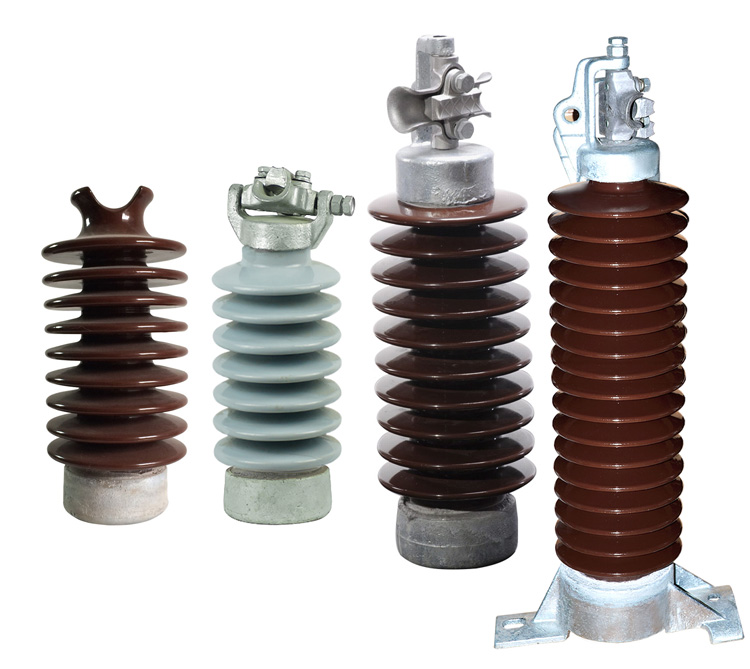
Advantages
- Electrical insulation – post insulators insulate the conductor from the grounded support structures.
- Versatility – the insulators come in various designs and materials which allow for customization. This depends on specific application requirements, voltage levels, environmental conditions and structural configurations.
- Reduced flashover risk – their design increases the surface distance between the conductor and the support structure. They also reduce the risk of electrical flashover in humid environments.
- Mechanical support – the insulators provide mechanical support to the conductors. This helps to maintain its position.
- Durability – post insulators exhibit durability and resistance to environmental factors. This is also depending on the material.
- Cost effectiveness – the costs for insulators varies depending on material and design selected. They offer cost effective solutions for applications when considering reliability, durability and maintenance.
Limitations
- Risk of contamination – insulators made from materials like porcelain or glass are susceptible to contamination. This may be from pollutants, dust, salt and other environmental debris.
- Weight – traditional insulators are heavy and can increase the load on transmission structures.
- Installation complexity – installation may need specialized equipment, skilled labor and coordination. The attachment of end fittings should be securely done to prevent mechanical failures.
- Brittleness – ceramic materials can be brittle and prone to cracking under mechanical stresses. This may occur during handling, installation or extreme weather conditions.
- Maintenance requirements – frequent inspections and cleaning helps to remove contaminants. This helps to ensure their optimal performance.
- Material cost – post insulators may have higher initial costs compared to alternative solutions. This may depend on the long-term reliability and performance benefits they offer.
Community forums and engagement for post insulators
Engaging with community forums related to post insulators helps to gain insights and access valuable resources. Participating in the said groups helps to expand knowledge, stay updated on industry trends. They can ease collaboration, problem-solving and professional development within the electrical engineering community. Additionally, it is advisable to be professional and respectful in the groups and platforms. The following are the avenues for participating in such forums and interactions.
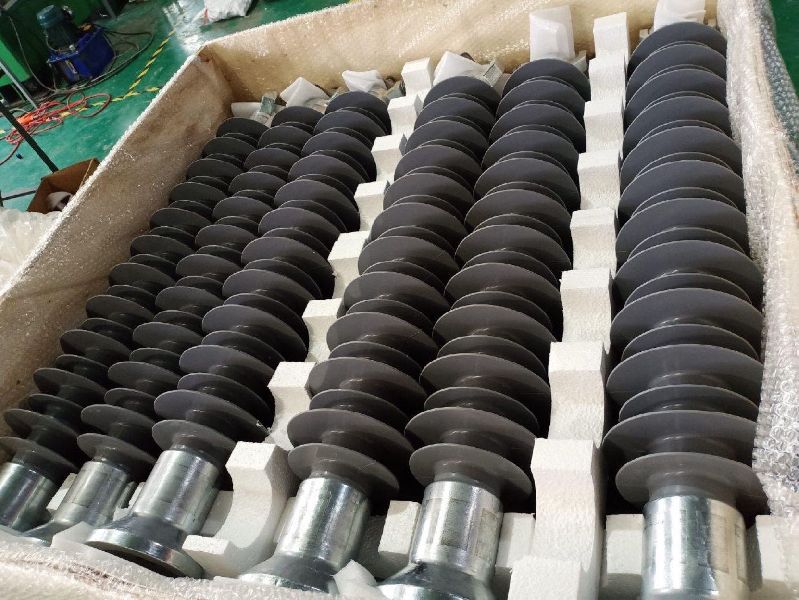
- Online forums and discussion boards – join online forums dedicated to electrical engineering, power transmission or aspects of insulator technology. This provides opportunities to connect with professionals, researchers and enthusiasts. These platforms include Reddit, Stack Exchange and forums hosted by academic institutions.
- LinkedIn groups – there are several groups focused on electrical engineering and utility industry. They often host discussions, share articles and ease networking among professionals.
- Research publications and journals – access research publications, technical journals and industry reports. This provides valuable insights into latest advancements in the insulator industry. These includes platforms such as IEEE Xplore, ResearchGate and Google Scholar.
- Professional associations and societies – these offer online communities, discussion groups and networking opportunities. They include IEEE Power & energy Society, CIGRE, ATA and European Network of Transmission System operators for electricity.
- Industry conferences and workshops – this includes participating in conferences, seminars and workshops related to electrical insulation. Engaging in such workshops provides information on latest development in design, testing and applications.
Challenges and issues facing post insulators
Post insulators face various challenges and issues that affect their performance and reliability. Addressing the challenges needs an approach that integrates technical expertise, innovative solutions and effective management practices. This is to ensure the reliable and sustainable operation of transmission lines. Additionally, it is advisable to collaborate with stakeholders, research institutions and regulatory bodies. This helps to develop strategies for mitigating the challenges facing post insulators. The following are the common challenges and issues facing post insulators.
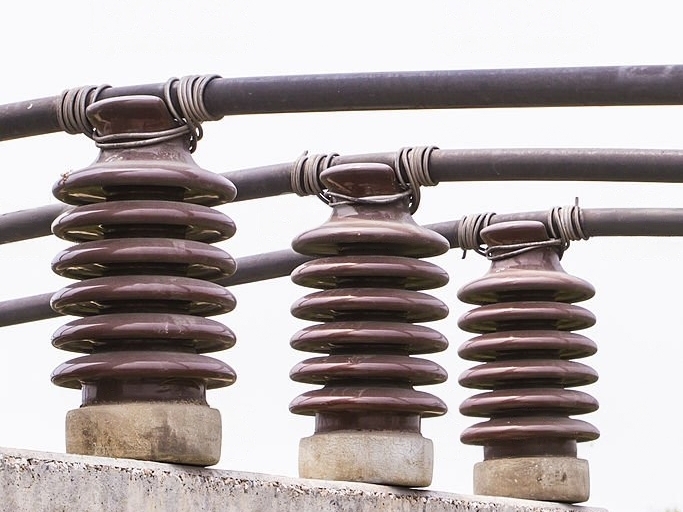
- Contamination and pollution – post insulators are from materials that are susceptible to contamination. Contamination can affect the insulator’s surface resistance. This in turn leads to increased leakage currents.
- Mechanical stresses – post insulators face mechanical stresses from various factors. These include conductor tension, wind loads and weight of the conductor. Mechanical stresses can cause deformation, cracking or fracture of the insulator material. It is thus advisable to use proper design, material and installation practices. These practices helps to mitigate the effects of mechanical stresses.
- Cost considerations – balance performance requirements with design budget constraints. Check their initial costs, maintenance requirements and lifecycle to ensure cost-effectiveness.
- Environmental factors – the insulators face temperature fluctuations, humidity, UV radiation and weathering. These factors can degrade the insulator materials and affect their performance.
- Installation and maintenance – installation requires specialized equipment, skilled labor and careful coordination. This is to ensure proper attachment and alignment with the conductor and support structures. Improper installation practices can lead to mechanical failures and electrical problems.
- Aging and degradation – this are from factors such as material fatigue, thermal cycling and electrical stress. Aging mechanisms like surface erosion, moisture ingress, thermal expansion can compromise the performance.
Differences between a pin insulator and a post insulator
Post insulator and pin insulator are pretty similar in various ways. They all work on the transmission lines to provide insulation and mechanical support. They each have distinct designs, applications, structure and functions. Yet, they differ in mounting, structure, mechanical support and application voltage range. Post insulators install vertically and provide support for high voltage conductors. Pin insulators install horizontally on crossarms and work in medium-voltage distribution lines. The following are the common differences between the post and pin insulators.
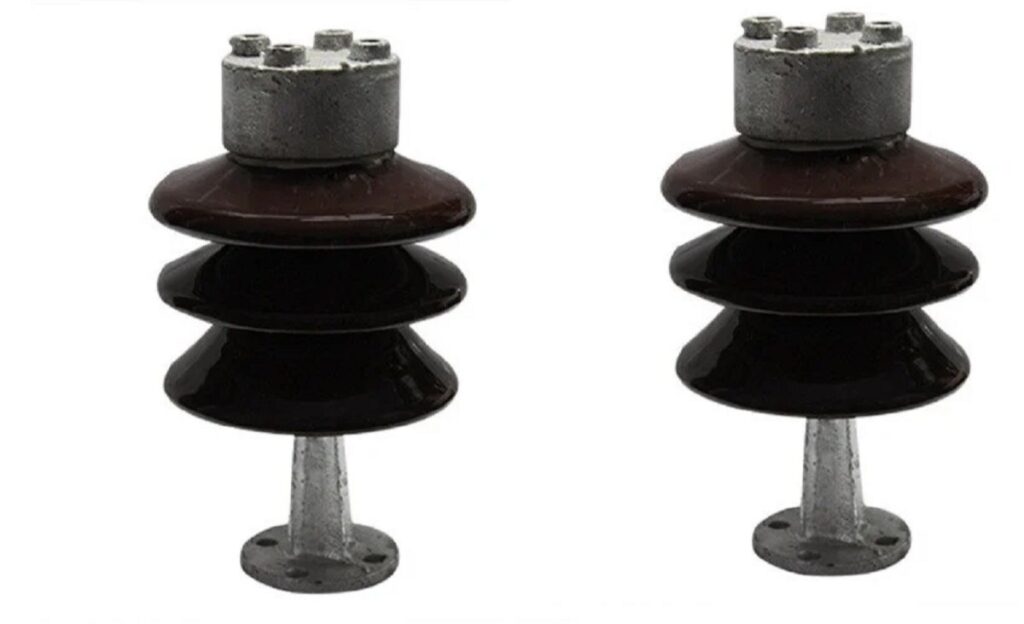
- Structure and design – post insulators have a single-piece design consisting of a central core and sheds extending from it. Pin insulators consist of an insulator unit mounted on a metal pin or spindle.
- Mounting method – post insulators mount using special mounting hardware. The hardware includes bolts, clamps or brackets. They provide electrical insulation and mechanical support for the conductors. Pin insulators mount on metal pins attached to crossarms on transmission lines. the insulator unit mounts onto the pin with the bottom of the insulator resting on a groove or saddle.
- Mechanical support – post insulators provide vertical mechanical support for the conductor. Pin insulators provide horizontal mechanical support distributing its weight along the crossarm.
- Application and voltage rating – post insulators work in high voltage transmission lines. They provide insulation and support. Pin insulators work in medium voltage distribution lines and lower voltage transmission lines.
Frequently asked questions
A post insulator mounts vertically on transmission line structures and provide support for high voltage conductors. Pin insulators install horizontally on crossarms and commonly work in medium-voltage distribution lines.
The main challenges include contamination, temperature and weathering, mechanical stresses, aging and degradation. They also include installation and maintenance requirements and cost considerations.

